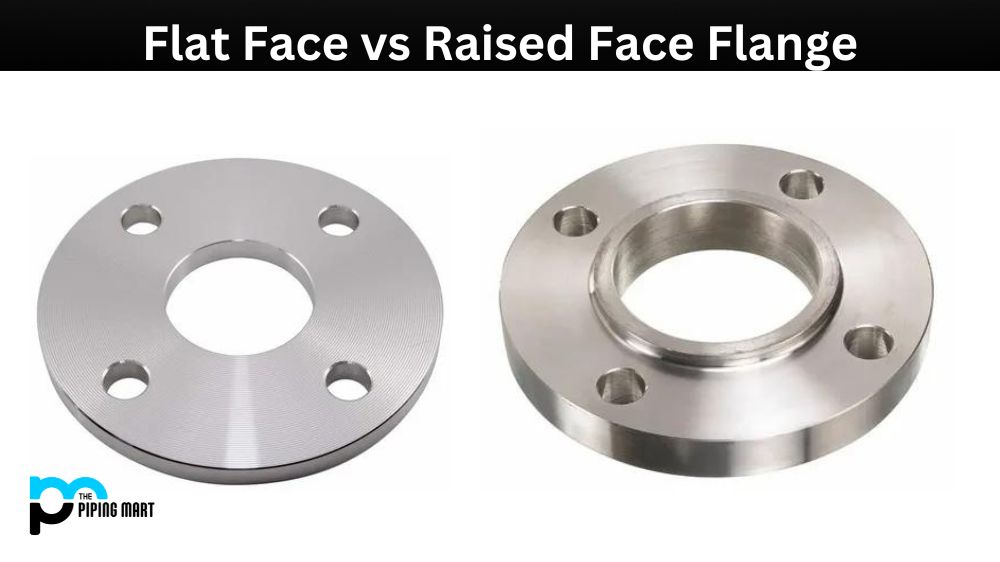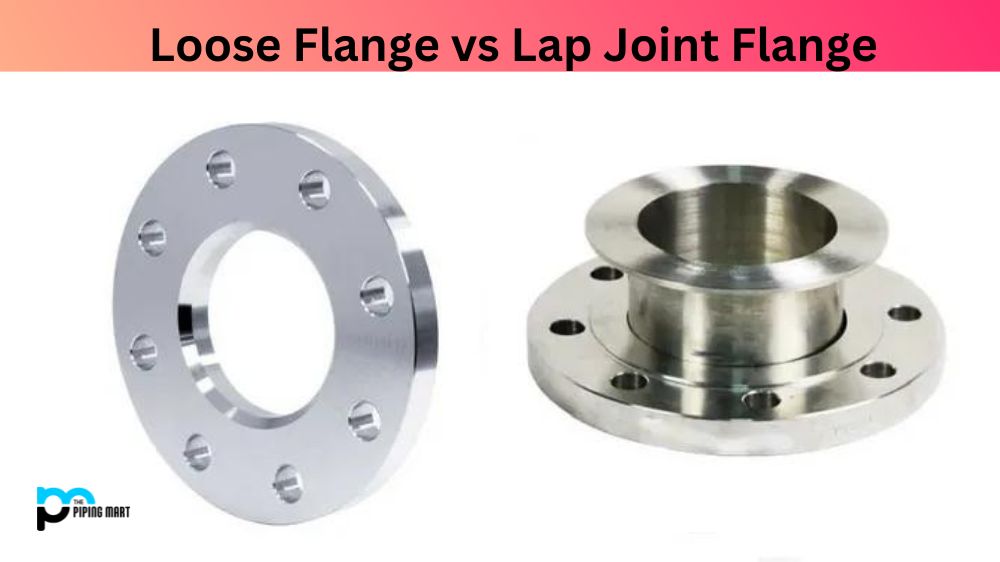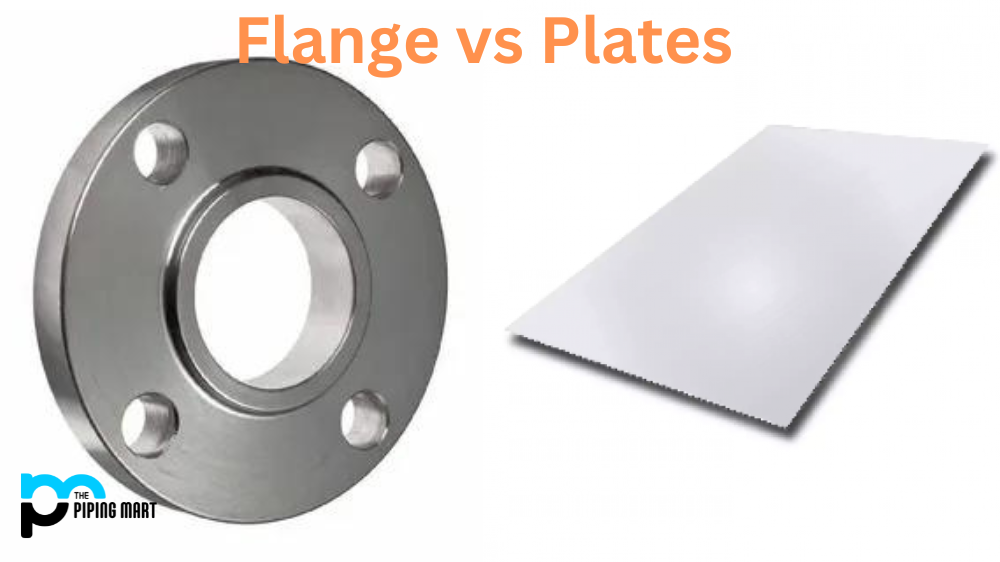Are you looking for an efficient way to connect two different diameters of pipe together? If so, then a threaded reducing flange may be the perfect solution. A threaded reducing flange is a mechanical flange that uses a threaded connection to join two pipes of varying diameters securely. In this blog post, we’ll discuss a threaded reducing flange and its benefits over other flanges.
What is Threaded Reducing Flange?
A threaded reducing flange is a special type of metal flange used to connect pipes with different diameters. The larger pipe uses an internal thread, while the smaller pipe uses an external thread. The two pipes are then connected by screwing them pipes together until they are tight and secure. This type of connection provides superior strength and stability compared to traditional welded connections, and it can also be easily disassembled for maintenance or repairs if necessary.
Threaded Reducing Flange Uses
Threaded reducing flanges are employed in plumbing and piping to join pipes of varying sizes securely and cleanly, offering a more dependable connection than just using a coupler. These flanges easily attach to existing lines and ensure leak-free connections due to their tightly sealed interior threads. Primarily utilized in commercial and industrial piping systems for transferring large volumes of fluids or gases, they provide robustness in high-pressure scenarios when correctly installed with the appropriate hardware and gasket. Threaded reducing flanges present an effective solution for merging pipes of different sizes in diverse industrial or commercial settings.
Threaded Reducing Flange Welding
Threaded reducing flange welding is a process that requires careful planning and exact measurements for success. Often used for repairing pipes, flanges, and valves- the accuracy of this welding is crucial. Welders often check pipes for blockage or wear before involving a threaded reducing flange. To accurately weld the threads to the surrounding material, many professionals use an orbital welder treading at an optimal speed to allow the material feed to flow steadily. Professional welders suggest creating a clean pipe free from debris and grease to ensure no clogs occur as the threads are being formed. Once complete, checking for any cracks in the joint becomes essential- a cohesive bond between the pipe and the welding machine is of utmost importance. Threaded reducing flange welding highlights yet another way modern technology continues to raise industry standards across sectors.
Threaded Reducing Flange Types
As one of the primary methods used to connect pipes and pipe fittings, threaded reducing flanges offer great variety and stability. Threaded reducing flanges range from small-diameter to large-diameter connections, making them very versatile and suitable for virtually any size application. From stainless steel to alloy steel material types, threaded reducing flanges come in various materials that provide increased strength and durability. This makes them ideal for high-pressure or high-temperature applications where extra care and support are needed. Many threaded reducing flange types are compatible with other thermo processing techniques, meaning greater flexibility in use.
Benefits of Using a Threaded Reducing Flange
Threaded reducing flanges offer several advantages in piping systems. Their threaded design allows for easy and secure connection between pipes of different sizes, simplifying fluid flow management without extensive welding. This saves time and labor costs during installation. Additionally, they facilitate quick maintenance and repairs by enabling easy removal and replacement without disrupting the entire system. Their versatility is particularly beneficial for industries requiring frequent modifications or expansions. Moreover, threaded reducing flanges ensure leak-free connections, enhancing system reliability and minimizing the risk of costly fluid leaks and downtime. Overall, they provide a cost-effective solution for efficient and reliable piping systems.
Threaded Reducing Flange Dimension
| NPS | DIAMETER | THICKNESS | DIA. | WELDING | MIN. | MIN. | MIN. | NECK | WELDING | JOINT | ||||
| DN | O | T | A | B | C | D | E | F | G | H | ||||
| 1/2 | 5.25 | 1.19 | 1.38 | 0.88 | .90 | 0.93 | 2.88 | 1.56 | 1.56 | |||||
| 15 | 133 | 30.5 | 34.9 | 22.2 | 22.9 | 23.5 | 73.0 | 40 | 40 | |||||
| 3/4 | 5.50 | 1.25 | 1.69 | 1.09 | 1.11 | 1.14 | 3.12 | 1.69 | 1.69 | |||||
| 20 | 140 | 32.0 | 42.9 | 27.8 | 28.2 | 29.0 | 79.4 | 43 | 43 | |||||
| 1 | 6.25 | 1.38 | 2.00 | 1.36 | 1.38 | 1.41 | 3.50 | 1.88 | 1.88 | |||||
| 25 | 159 | 35.0 | 50.8 | 34.5 | 34.9 | 36.0 | 88.9 | 48 | 48 | |||||
| 1 1/4 | 7.25 | 1.50 | 2.50 | 1.70 | 1.72 | 1.75 | 3.75 | 2.06 | 2.06 | |||||
| 32 | 184 | 38.5 | 63.5 | 43.3 | 43.7 | 44.5 | 95.2 | 52 | 52 | |||||
| 1 1/2 | 8.00 | 1.75 | 2.88 | 1.95 | 1.97 | 1.99 | 4.38 | 2.38 | 2.38 | |||||
| 40 | 203 | 44.5 | 73.0 | 49.6 | 50.0 | 50.5 | 111.4 | 60 | 60 | |||||
| 2 | 9.25 | 2.00 | 3.62 | To be | 2.44 | 2.46 | 2.50 | 5.00 | 2.75 | 2.75 | ||||
| 50 | 235 | 51.0 | 92.1 | 61.9 | 62.5 | 63.5 | 127.0 | 70 | 70 | |||||
| 2 1/2 | 10.50 | 2.25 | 4.12 | specified | 2.94 | 2.97 | 3.00 | 5.62 | 3.12 | 3.12 | ||||
| 65 | 267 | 57.5 | 104.8 | 74.6 | 75.4 | 76 | 142.9 | 79 | 79 | |||||
| 3 | 12.00 | 2.62 | 5.00 | by | 3.57 | 3.60 | 3.63 | 6.62 | 3.62 | 3.62 | ||||
| 80 | 305 | 67.0 | 127.0 | 90.7 | 91.4 | 92 | 168.2 | 92 | 92 | |||||
| 4 | 14.00 | 3.00 | 6.19 | purchaser | 4.57 | 4.60 | 4.63 | 7.50 | 4.25 | 4.25 | ||||
| 100 | 356 | 76.5 | 157.2 | 116.1 | 116.8 | 118 | 190.5 | 108 | 108 | |||||
| 5 | 16.50 | 3.62 | 7.31 | 5.66 | 5.69 | 5.69 | 9.00 | 5.12 | 5.12 | |||||
| 125 | 419 | 92.5 | 185.7 | 143.7 | 144.5 | 145 | 228.6 | 130 | 130 | |||||
| 6 | 19.00 | 4.25 | 8.50 | 6.72 | 6.75 | 6.75 | 10.75 | 6.0 | 6.0 | |||||
| 150 | 483 | 108.0 | 215.9 | 170.7 | 171.4 | 171 | 273.0 | 152 | 152 | |||||
| 8 | 21.75 | 5.00 | 10.62 | 8.72 | 8.75 | 8.75 | 12.50 | 7.0 | 7.0 | |||||
| 200 | 552 | 127.0 | 269.9 | 221.5 | 222.2 | 222 | 317.5 | 178 | 178 | |||||
| 10 | 26.50 | 6.50 | 12.75 | 10.88 | 10.92 | 10.88 | 16.50 | 9.0 | 9.0 | |||||
| 250 | 675 | 165.5 | 323.8 | 276.2 | 277.4 | 276 | 419.4 | 229 | 229 | |||||
| 12 | 30.00 | 7.25 | 15.00 | 12.88 | 12.92 | 12.94 | 18.25 | 10.0 | 10.0 | |||||
| 300 | 760 | 184.5 | 381.0 | 327.0 | 328.2 | 329 | 463.6 | 254 | 254 | |||||
Conclusion
Threaded reducer flanges provide a secure and reliable way to connect two different-sized pipes quickly and easily without any welding or soldering needed. They offer superior pressure resistance and easy assembly and disassembly, making them ideal for many applications in both commercial and industrial settings. If you’re looking for an efficient way to join your piping system together reliably and securely, then consider giving threaded reducer flanges a try!

A passionate metal industry expert and blogger. With over 5 years of experience in the field, Palak brings a wealth of knowledge and insight to her writing. Whether discussing the latest trends in the metal industry or sharing tips, she is dedicated to helping others succeed in the metal industry.





